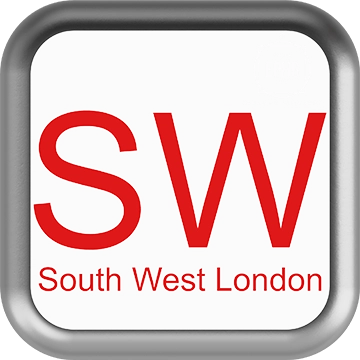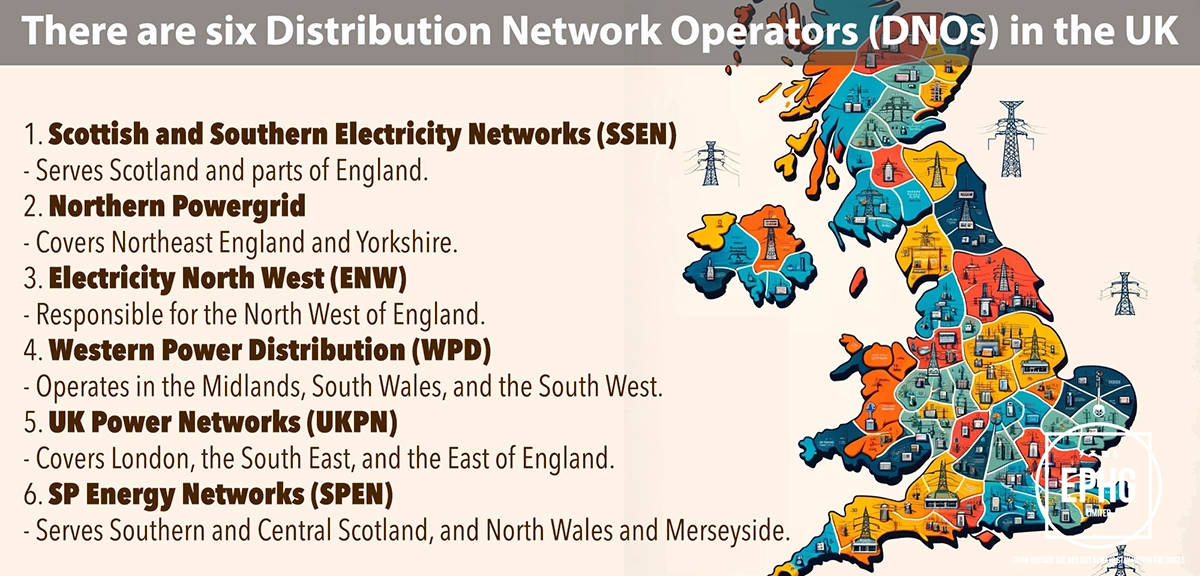
SW Postcodes for Utilities & Services
Introduction: The SW postcode area, covering Southwest London and its surrounding regions, offers insightful information into the utilities and services available to its inhabitants. This section aims to provide an overview of water and electricity supply among other crucial details for local residents.
Water in Southwest London
Where does the water supply come from in the SW postcode area and is there ever a shortage of water?
In the SW postcode area, particularly around Southwest London, the main sources of water supply include the River Thames and the River Wandle. These significant water bodies are essential for supplying the region's water needs, with numerous treatment facilities ensuring that water meets the required safety and quality standards before reaching households and businesses. Despite the area's generally reliable water supply, it faces challenges like urban expansion, climate change effects, and seasonal variations that can influence water availability. Water companies and local authorities closely monitor water levels and quality, implementing water-saving measures and infrastructure improvements as necessary. Residents are encouraged to use water efficiently to help maintain the area's water security and sustainability.
What is the hardness & quality of the water in the SW postcode area and can this affect your health?
The water in the SW postcode area is generally hard, due to its journey through limestone regions, which adds higher levels of calcium and magnesium. While hard water leads to more scale buildup in appliances and can make soaps less effective, it is rigorously tested and meets all necessary safety and quality standards, ensuring it is safe for consumption. Although hard water is not typically harmful to health and can contribute to dietary mineral intake, some residents may prefer using water softeners or filters. Local water suppliers are committed to providing high-quality water and address any concerns regarding water quality, ensuring it remains safe and pleasant for all users.
Electricity in Southwest London
Where does the electric supply come from in the SW postcode area and what is the future of energy there?
The electricity supply in the SW postcode area, covering Southwest London, is primarily sourced from the national grid, which includes a mix of traditional power stations and increasing amounts of renewable energy sources such as wind, solar, and biomass. The region is moving towards a sustainable future with initiatives to increase the use of green energy and decrease carbon emissions. Investments are being made in renewable energy infrastructure and smart technology to enhance energy efficiency and reliability across the area. The future of energy in Southwest London is aimed towards a cleaner, more sustainable model, focusing on renewable sources and innovative energy solutions to meet the growing urban demand while reducing environmental impact.
When is hydrogen coming to gas boilers in the SW postcode area?
The introduction of hydrogen to heating systems in the SW postcode area is part of the UK's broader strategy to decarbonize heating and achieve net-zero carbon emissions. The timeline for the widespread adoption of hydrogen heating solutions is still being developed, with expectations for pilot projects and phased implementation in the coming years. Residents should continue to maintain their existing heating systems while staying informed about the transition to more sustainable heating options. Local authorities and energy suppliers in Southwest London will provide updates and support for residents to transition smoothly to hydrogen-based or other green heating technologies as they become available.
Where Does the Wastewater Go in the SW postcode area?
In the SW postcode area, wastewater from domestic, commercial, and industrial sources is collected and treated at several advanced treatment facilities to ensure it meets safety and environmental standards before being released back into the environment. The treated water is typically discharged into the River Thames or other local water bodies, following strict regulations to protect water quality and ecosystem health. The region's commitment to effective wastewater management reflects its dedication to safeguarding public health and preserving the natural beauty and cleanliness of local waterways and the surrounding environment.
Regions and Services:
The SW postcode area covers diverse environments from the bustling urban districts of Southwest London to the quieter suburban and riverside locales. Key regions include:
- Southwest London: A major urban center known for its advanced electrical and gas infrastructure, with increasing investments in renewable energy solutions.
- Wimbledon, Richmond, and Putney: Areas that blend historic charm with modern amenities, offering residents a mix of traditional and contemporary services.
- Kingston upon Thames, Twickenham, and Chelsea: Suburbs and districts where efforts to integrate sustainable energy projects with existing utilities are expanding, improving the quality of local services and environment.

Regions within the SW Postcode
Central South West London Areas
- SW1: Westminster, Belgravia, Pimlico, Victoria - Areas known for iconic landmarks, governmental buildings, and upscale residences.
- SW2: Brixton, Tulse Hill, Streatham Hill - Vibrant areas known for their cultural diversity, nightlife, and community events.
- SW3: Chelsea, Brompton, Knightsbridge - Affluent neighborhoods famous for luxury shopping, historic homes, and high-end dining.
- SW4: Clapham - Known for its common, lively high street, and diverse residential communities.
- SW5: Earls Court - Area known for its exhibition centre, international community, and urban living.
- SW6: Fulham, Parsons Green - Popular residential areas known for their parks, riverside walks, and vibrant local scene.
- SW7: South Kensington, Knightsbridge - Renowned for museums, educational institutions, and cultural landmarks.
- SW8: South Lambeth, Vauxhall, Battersea, Wandsworth Road - Areas undergoing significant regeneration, known for nightlife and residential developments.
Outer South West London Regions
- SW9: Stockwell, Brixton, Clapham - Diverse areas known for their community feel, markets, and transport links.
- SW10: West Brompton, Chelsea - Characterized by its artistic community, historic architecture, and cosmopolitan atmosphere.
- SW11: Battersea, Clapham Junction - Noted for the Battersea Power Station redevelopment, parks, and bustling high street.
- SW12: Balham, Clapham South, Hyde Farm - Combining vibrant high streets with quiet residential roads and green spaces.
- SW13: Barnes, Castelnau - Residential areas known for their village feel, Thames riverside, and cultural venues.
- SW14: Mortlake, East Sheen - Areas with a blend of local commerce, community facilities, and green spaces like Richmond Park.
- SW15: Putney, Roehampton, Kingston Vale - Noted for their academic institutions, leisure activities, and access to Richmond Park.
- SW16: Streatham, Norbury, Thornton Heath, Streatham Park, Furzedown, Streatham Vale, Mitcham Common - Areas known for their diverse communities and open spaces.
- SW17: Tooting, Mitcham - Famous for Tooting Commons, multicultural markets, and vibrant community life.
- SW18: Wandsworth, Southfields, Earlsfield - Residential areas known for their community spirit, parks, and local businesses.
- SW19: Wimbledon, Colliers Wood, Southfields - Renowned for the Wimbledon Tennis Championships, village atmosphere, and green spaces.
- SW20: Raynes Park, Lower Morden, Merton Park, Wimbledon Chase - Suburban areas with leisure facilities, good transport links, and community focus.




